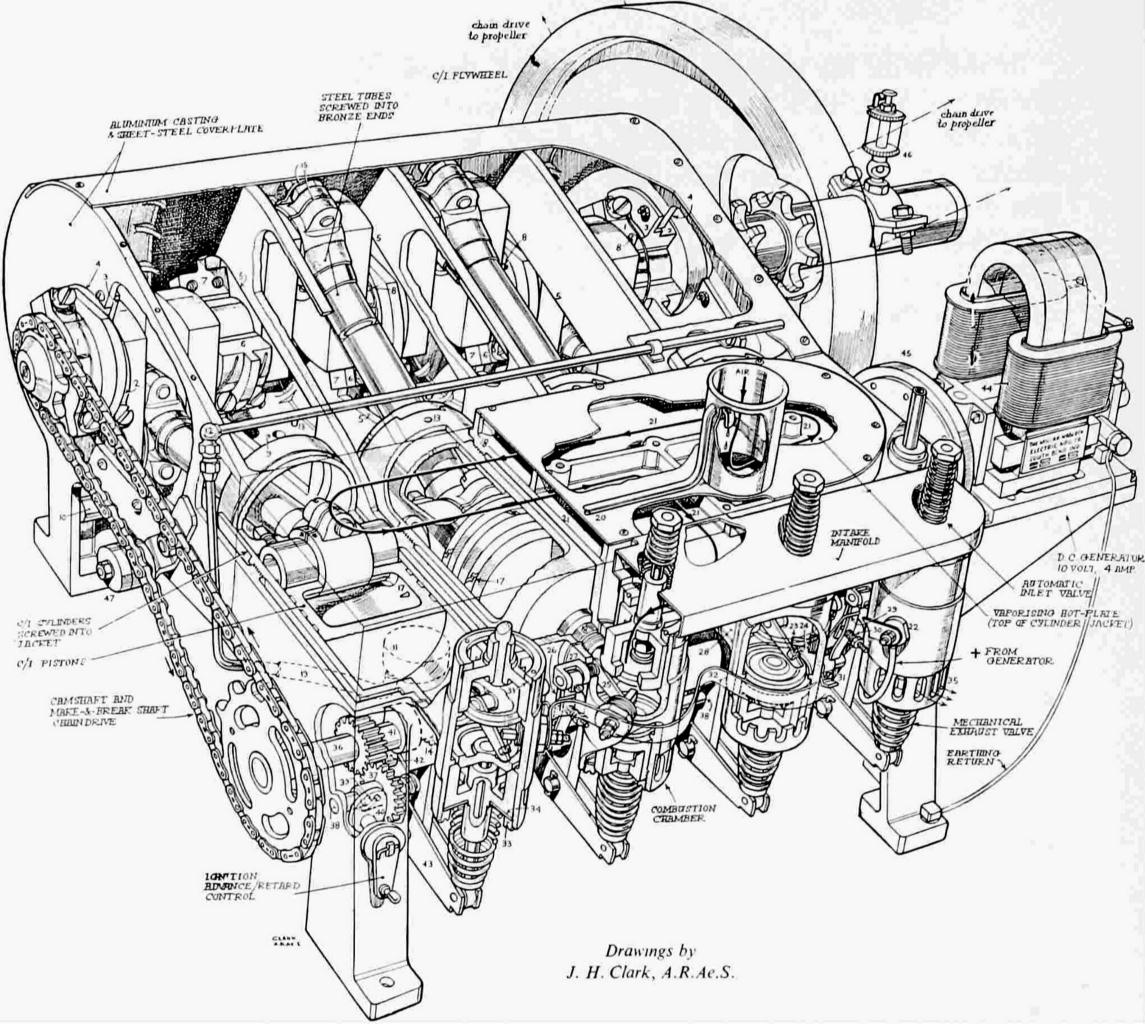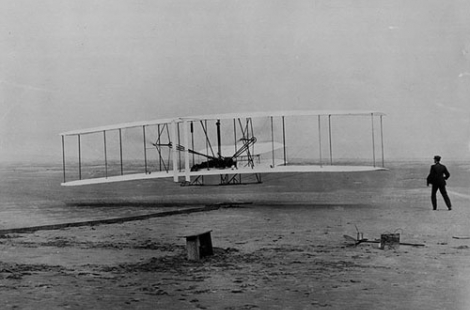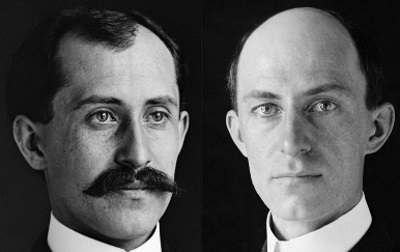For some years I have been afflicted with the belief that flight is possible to man. My disease has increased in severity and I feel that it will soon cost me an increased amount of money if not my life. I have been trying to arrange my affairs in such a way that I can devote my entire time for a few months to experiment in this field.
~ Wilbur Wright (letter to Octave Chanute, 13 May 1900)
SUCCESS FOUR FLIGHTS THURSDAY MORNING ALL AGAINST TWENTY ONE MILE WIND STARTING FROM LEVEL WITH ENGINE POWER ALONE SPEED THROUGH AIR THIRTY ONE MILES LONGEST 57 SECOND* INFORM PRESS HOME CHRISTMAS
~ Orville Wright (telegram to Milton Wright, 17 December 1903)
There are no signposts in the sky to show a man has passed that way before. There are no channels marked. The flier breaks each second into uncharted seas.
~ Anne Morrow Lindbergh (1906-2001) (North to the Orient, Ch. 1)
Per aspera ad astra.
~ familiar Latin tag, often used as a motto
(Through adversity to the stars.)
Today is the anniversary of mankind's first powered flight, achieved at Kitty Hawk, North Carolina on 17 December 1903 by pioneer American aviators Wilbur and Orville Wright (wiki) (1867-1912 and 1871-1948, respectively). The Wrights - Dayton, Ohio bicycle mechanics - become interested in aviation as an avocation and embarked on a systematic experimental program that eventually led to their extraordinary success - of which movable wing parts and a lightweight engine were the key elements.
Via a now-defunct page from BrainFeed:
Prior To the powered flight, the brothers completed over one thousand glides from atop Big Kill Devil Hill. These flying skills were a crucial component of their invention. Through those experiments, they had solved the problem of sustained lift and more importantly they could control an aircraft while in flight. The brothers felt they were ready to truly fly. But first, the Wrights had to power their aircraft.
 |
| Zoomable version of the cutaway here. |
Gasoline engine technology had recently advanced to where its use in airplanes was feasible. Unable to find a suitable lightweight commercial engine, the brothers designed their own. Using their air tunnel data, they designed the first efficient airplane propeller, one of their most original and purely scientific achievements. (Much more on the engine design here)
The Wright brothers were finally ready on December 14th. In order to decide who would fly first, the brother tossed a coin. Wilbur won the coin toss, but lost his chance to be the first to fly when he oversteered with the elevator after leaving the launching rail. The flyer, climbed too steeply, stalled, and dove into the sand. The first flight would have to wait on repairs.
Three days later, on December 17, they were ready for the second attempt. Now it was Orville’s turn. The flyer moved down the rail as Wilbur steadied the wings. The flyer was unruly, pitching up and down as Orville overcompensated with the controls. He kept it aloft until it hit the sand about 120 feet from the rail. Into the 27-mph wind, the groundspeed had been 6.8 mph, for a total airspeed of 34 mph. The brothers took turns flying three more times that day, getting a feel for the controls and increasing their distance with each flight. Wilbur’s second flight – the fourth and last of the day – was an impressive 852 feet in 59 seconds.
The most striking aspect of this anniversary is how quickly the Wright Brothers' invention led to the air and space age. Man reached the moon only 66 years later - less than a human lifetime - and this remarkable acceleration of mankind's ability to achieve its most daunting goals is both exhilarating and frightening.
Because satellites now do it so much better, French aviator and writer Antoine de Saint-Exupéry** (1900-1944) seems almost naive for remarking in 1939 that
"The aeroplane has revealed to us the true face of the earth."
Footage of later Wright Brothers' flights and an explanation of the history and mechanics:
* N.B. Apparently, the actual time duration of that first flight was 59 seconds.
** A renowned flier, who described his experiences in vivid prose, Saint-Exupéry lost his life flying for the Free French in World War II. His most famous book is the children's story, Le Petite Prince ("The Little Prince").



Sainte Exupery wrote better books with Night Flight and Wind, Sand and Stars.
ReplyDeleteWhile many inventions are really evolutionary, small improvements on what had been done before, the Wrights were true inventors.
Almost every prior attempt at flight was guessing and trial and error, hoping to stumble on a solution. The Wrights' research discovered that almost everything done before had to be thrown out. So they studied the concept of lift, not only for the flight of the plane, but for the application to propellors to generate thrust (forward lift).
But most importantly, they were the first to understand the need for and solution of three axis control. Anybody could make a paper airplane that "flies". The secret was to design one that flies where you want it to. The Wrights' airplane patent was about a device that could develop lift and have three axis control. The original patent did not even provide for an engine. That came later.
And don't forget - the Wrights had to teach themselves to fly - there were no instructor pilots in 1903.